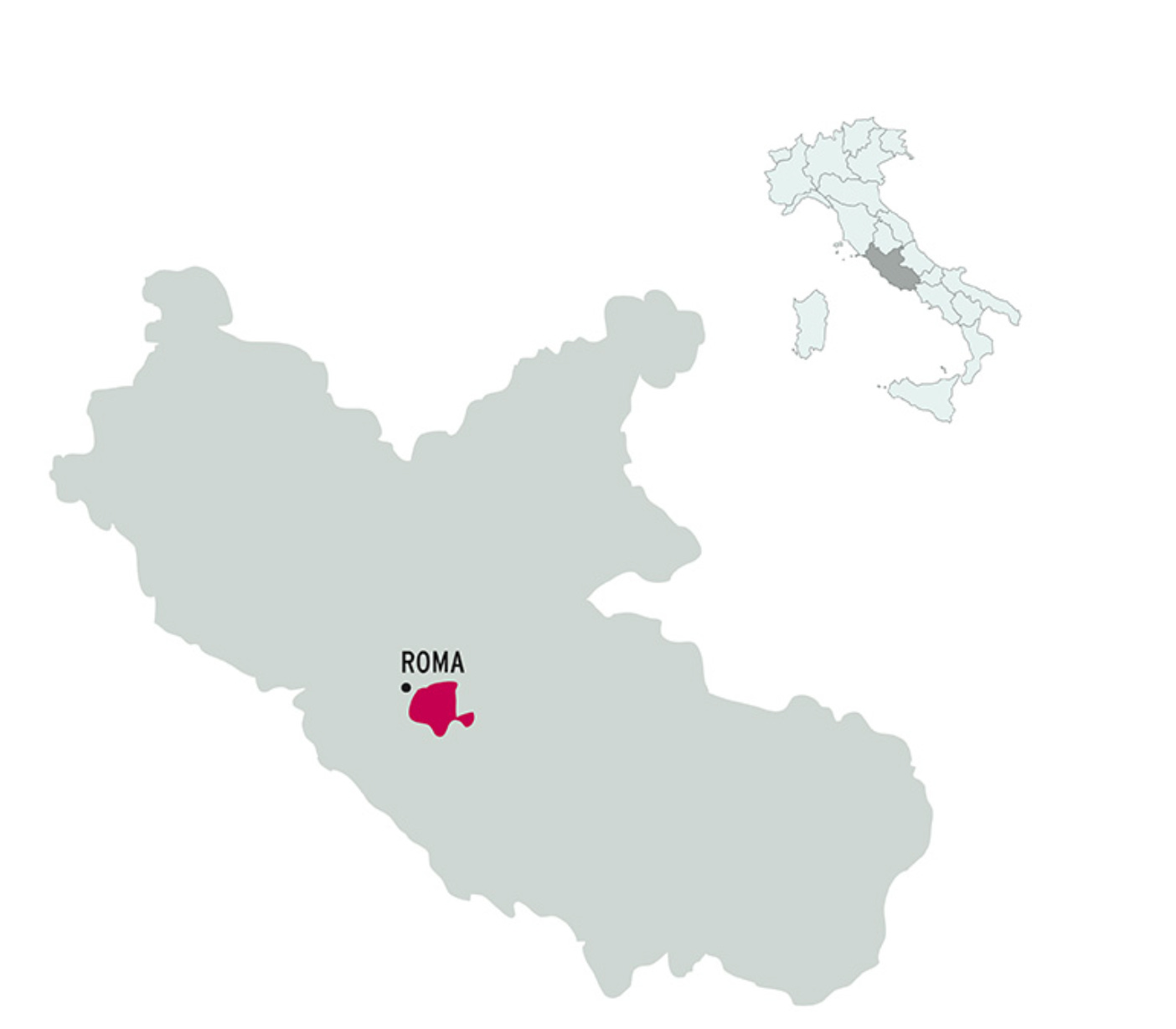DOCG Cannellino di Frascati
Wines from Italy's DOCG: Cannellino di Frascati - Lazio
I’m going to start this series dedicated to Italy’s DOCG. The name is for ‘Denominazione di Origine Controllata e Garantita’, Controlled and Guaranteed Designation of Origin. It’s the top of pyramid quality for Italians wines, and it means that DOCG’s wines have to respect a stricter set of rules about production and a well-identified territory. It doesn’t mean that wine in the low side of the pyramid aren’t good wines or, viceversa, wines on the top are the best. Of course when you have strict rules, the product is more controlled than others.
Products belonging to all Italian Designations of Origin are subject to compliance with a specific Production Specification. The Production Specification is the prescription that governs all the details relating to obtaining an agricultural or food product. The Specification is therefore the law that defines the production and commercial requirements of a DOP, IGP, DECO or STG product. Any Italian product (but also European) that boasts a protected designation/indication, and therefore also the Cannellino di Frascati DOCG, must be produced according to the rules established by its DOCG specification. A Specification is therefore a law in all respects, any violations of which are therefore crimes. The Specifications are periodically reviewed, i.e. updated or modified.
This series is dedicated mainly to those people who want to know better Italian wines, also those ones from smaller territory. email me if you like these posts or you would like a different thing.
Where
Cannellino di Frascati DOCG is a white still wine produced in the Colli Albani area, a volcanic complex located south-east of Rome, Lazio region. The production area includes the entire municipalities of Frascati, Grottaferrata and Monte Porzio Catone, and part of the municipalities of Rome and Montecompatri.
Territory
The landscape of the Alban Hills is characterized by lush vegetation, composed of chestnut, oak and holm oak woods, which alternate with vineyards and olive groves. The presence of numerous lakes of volcanic origin, such as Lake Albano and Lake Nemi, contributes to creating a natural environment of great charm. The mild climate and the presence of natural springs favor the growth of vegetation and create an ideal microclimate for growing vines.
The territory of Cannellino di Frascati Docg is also rich in historical and artistic testimonies. In the municipalities of the area you can admire ancient Roman villas, medieval castles and baroque churches, which testify to the rich history of this territory. The presence of numerous museums and archaeological sites allows you to deepen your knowledge of the local history and culture.
Cannellino di Frascati obtained the recognition of the DOCG in 2011.
Styles
The production method of Cannellino di Frascati Docg involves a particular technique of drying the grapes, which can take place directly on the plant or after harvest. This process, which consists of leaving the grapes to dry for a more or less long period, allows the sugars and aromas to be concentrated, enhancing the characteristics of the wine and giving it its typical sweetness.
Listen the podcast
The fermentation, which takes place in controlled conditions, is then interrupted to preserve a part of the natural sugars of the grapes, giving life to a sweet but balanced wine, capable of expressing the potential of the territory at its best. In certain seasons the Botrytis Cinerea appears (Noble Rot), like in the French Sauternes.
Late Harvest. In some season, you can find the Cannellino DOCG from noble rot (Botrytis Cinerea).
Grapes: Minimum 70% Malvasia Bianca di Candia and/or Malvasia del Lazio (locally Malvasia Puntinata); maximum 30% Bellone, Bombino Bianco, Greco, and/or Trebbiano; maximum 15%.
Alcohol: Minimum alcohol level: 10.0% (12.5% potential)
Residual sugar: Minimum 35 g/l (3.5%)
Pairing
Fried fish, Aged cheese with chestnut honey, Fried courgette flowers, Fruit tart, Cookies
Taste
Cannellino di Frascati DOCG wine is a full and balanced wine with an intense straw yellow color, an intense, characteristic, fine and delicate aroma, apricot, pineapple, chamomile, yellow apple. On the palate, the wine has normal acidity, a barely perceptible bitterness, little astringency and good structure, which contribute to their taste balance. If produced with the help of Noble Mold (rotted wine) it can present final notes of honey and hazelnuts.






